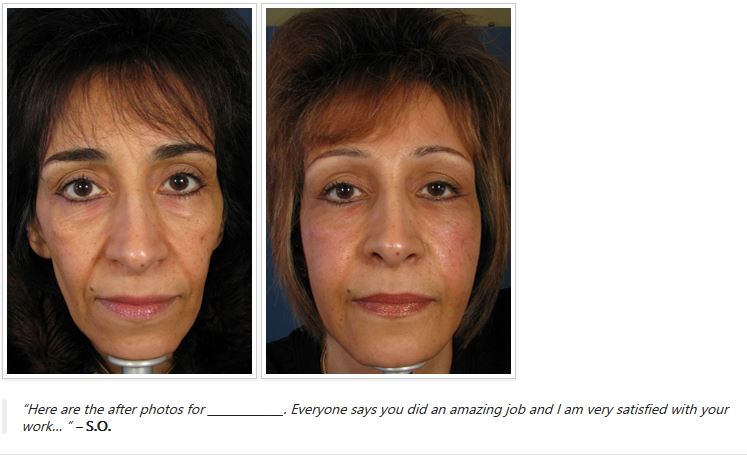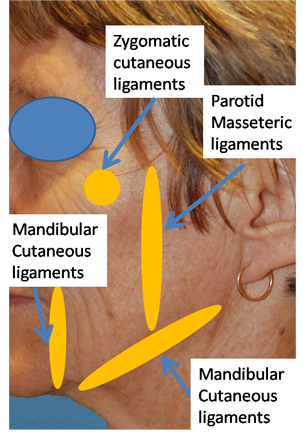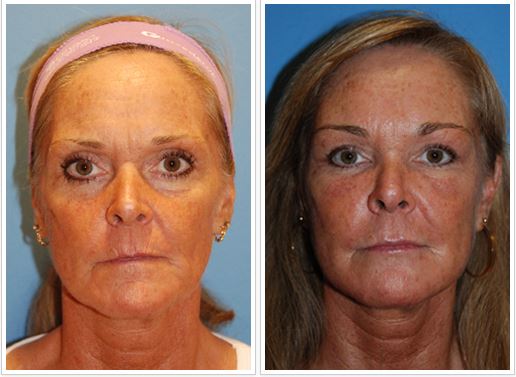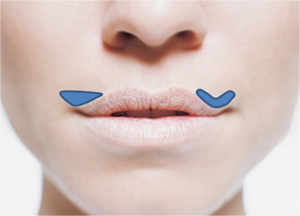Permalip (Dr Young uses this Lip Implant at his office in Bellevue Washington) is a relative new silicone lip implant that can permanently augment the lips. There are 3 sizes for the permalip (silicone lip implant, silicone lip enhancement, silicone lip augmentation, silicone lip enhancement) small, medium and large and which very in width from 3, 4, and 5mm. They are used to essentially give the lip more volume. They are placed in incision in the red part of your lip and these can be varied and discussed with Dr Young during a consultation. The great thing about these implants is that they last essentially permanently. Silicone is very capatible with our tissues. Silicone is located just under carbon on the atomic chart of all the atoms on earth. So its elemental structure is very similar to carbon which is what humans are predominately made of. Of all implants it is the most compatible. Hundreds of thousands of people have had silicone implants and it is proven to be very safe, non carcinogenic, non toxic, etc meeting many of the characteristics of an ideal implant. Bottom line is that there is no ideal implant but silicone possesses many of those characteristics. If silicone implants are not something that you are totally comfortable with, other tissue can be substituted including different areas of your body like muscle covering, SMAS, and free fat grafts. Other options include micro fat injections to the lip, VY advancements, and other lip lifts. More temporary lip implants include restylane, juvederm, perlane, and the new juvederm xc which has lidocaine and has received some recent attention.
Here is a video showing a live demonstration of a Permalip Lip Augmentation Procedure.
Thanks for reading, Dr Young
Dr Young specializes in Facial Cosmetic and Reconstructive Surgery and is located in Bellevue near Seattle, Washington





